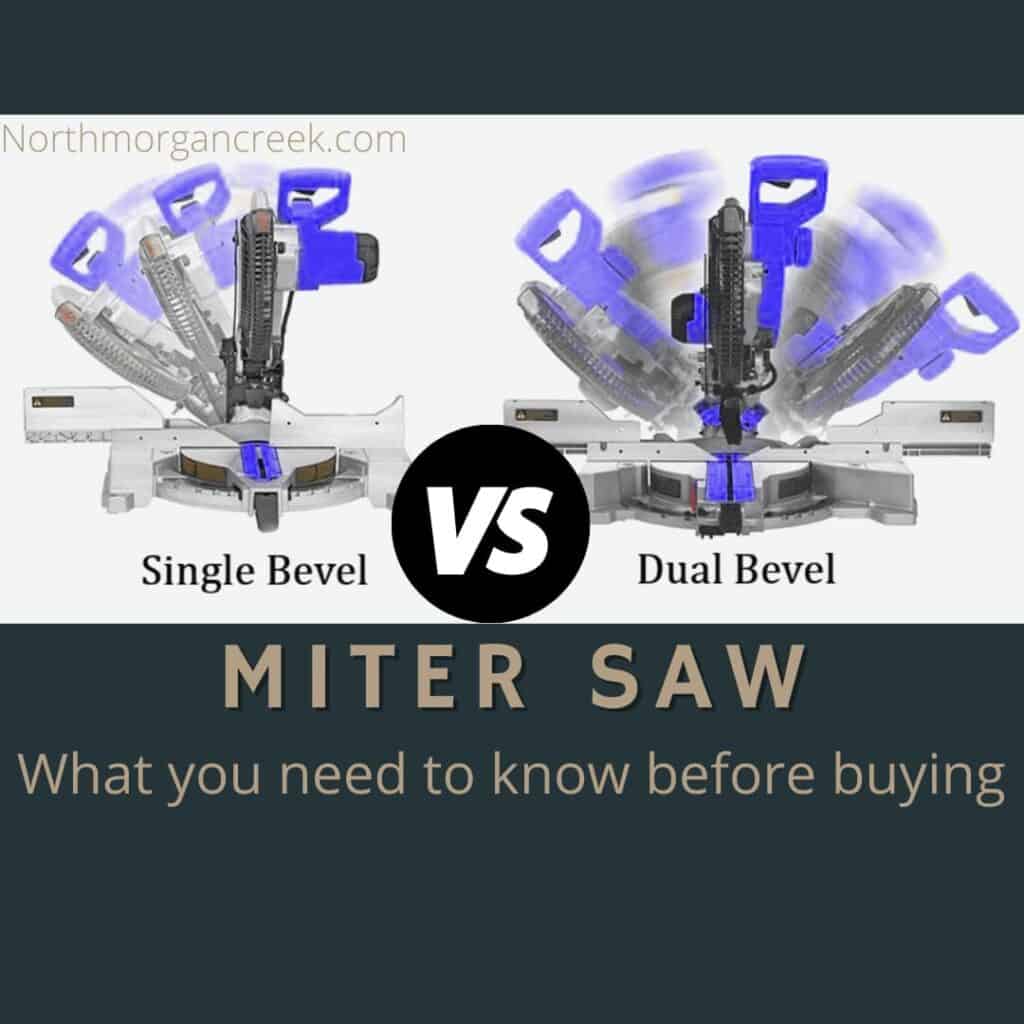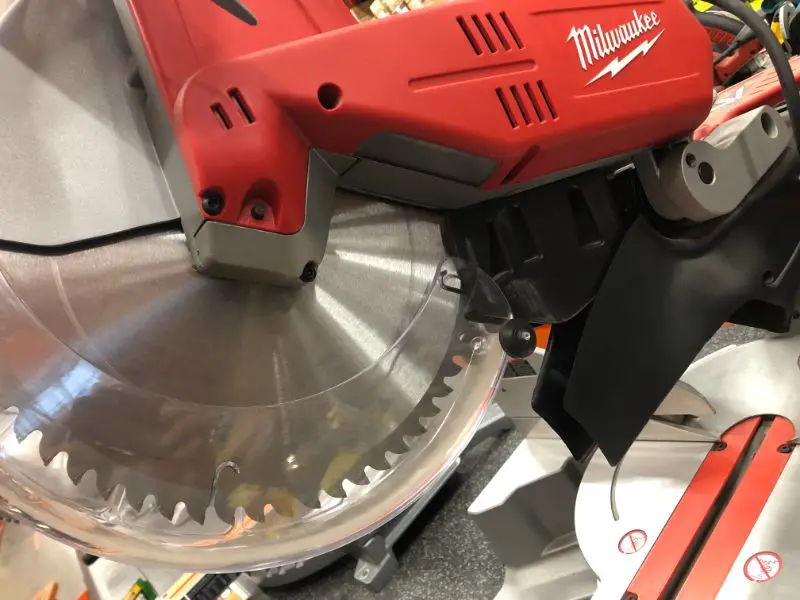A mitre saw is one of the vital tools found in any woodworking workstation. One of the critical parts that makes it functional is the saw blade. Miter saw thin kerf blade deflection can throw a wrench into your woodworking projects.
Miter saw blades come in various sizes and shapes to serve different purposes. It is wise to choose a blade that will suit your cutting needs without any difficulties or errors.
One of the commonly used blades on a miter saw is the thin kerf blade. It is ideal for thin-strip projects which should be less wasteful while producing clean and tidy work.
A thin kerf saw blade is a miter saw blade with 3/32 inches wide carbide teeth. The thinness allows for minimal wasted wood and minimal sawdust.
Thin kerf blades are ideal for cutting thin strips of wood and giving you the exact width you need. You will also use less energy on your motor because there is minimal material being removed.
However, a thin kerf blade job is prone to deflection, especially when used on rigid wood materials or when much pressure is applied.
Miter saw thin kerf blade deflection is the bending of the blade when used on rigid wood surfaces. Although thin kerf blades will give you accurate and precise cuts with less wastage, they tend to deflect more often when under load.
This might be stressful and frustrating to a woodwork specialist as the work produced will be of low quality and with a lot of errors, and in some instances, it could bring the work to a halt.
This piece will give much-needed insights into the miter saw thin kerf blade deflection.
Let’s get to it.
Blade Deflection on Miter Saw
Any carpenter or woodwork expert desires to make accurate and straight cuts with zero mistakes. Miter saws with thin kerf blades are highly acknowledged when it comes to precision.
However, some miter saws may have difficulties keeping the thinner kerf blades stable at the arbor while it swings downwards to cut the wood surface. Due to this, a slight wobble could occur producing inaccurate and erroneous cuts.
The width of the material removed during cutting of a piece of wood also referred to as blade kerf, is determined by the miter saw’s blade carbide teeth’ width.
Thin kerf blades are ideal for exotic and more costly wood pieces as less funds will be used on the wood upfront, and minimal wastage when cutting it.
The main problem is when the blade deflects during the cutting process, which causes much inconvenience and losses to the carpenter.
Miter saw blade deflection is cause for alarm, especially on thinner blades.
The thinner the kerf blade, the higher the chances of it deflecting, especially on hardwood surfaces. Although the thick kerf blades tend to be more robust and less prone to deflection, they may not give you the precision you could get from thin kerf blades.
Some level of technique and expertise is required to avoid the issue of thin kerf blade deflection. It is recommended that you use the right wood blade for the right job. Also, it would be best if you did not force or apply much pressure on the blades.
Hitting of screws or nails by the miter saw blade could make it deflect. It will be wise to ensure that you remove all the nails or screws that could be on the piece of wood that you intend to cut.
Prior removal of the nails and screws serves as a safety measure as hitting screws by the blade could lead to an unprecedented accident in your workshop
Here’s a video of a woodworker checking for deflection on their miter saw:
How to Fix Thin Kerf Miter Saw Blade Deflection
Deflection could be caused for a number of reasons, and luckily, this issue could be solved in the following ways:
- Diagnosis of the Thin Kerf Miter Saw Blade Deflection
It is important to make the diagnosis to determine the cause of the deflection. The deflection of the thin-kerf blades could be a result of the free play of the blade. Thus it is important to determine where the play is coming from. Getting to know the reason behind your power tool’s malfunction will determine how you will fix it.
- Correct Installation of the Thin Kerf Miter Saw Blade
One of the causes of thin kerf blade deflection is an incorrect installation of the blades in such a way that the teeth of the blade point in a different direction. To fix this problem, it is advised that you accurately fix your thin kerf blade to face the accurate direction for easy and precise cutting of woods. Incorrect installation of the blades will make it impossible for your miter saw to wok properly.
- Tightening of the Shaft
One of the common reasons behind the thin kerf miter saw blade’s deflection is the free play of the blades brought about by loose tightening of the shaft. To fix this problem, ensure that there is a snug fit of the bushes. This ensures that the shaft is well tightened to avoid free play of the blades, which could cause deflection.
- Ensure your Thin Kerf Miter Saw Blade is not dull
Regular sharpening of miter saw blades is recommended. Attempting to cut pieces of wood using a blunt blade could lead to its deflection. Blunt miter blades could lead to erroneous and untidy work, thus compromising your productivity.
Dull blades are a significant cause of thin-kerf deflection; sharp blades will go a long way in ensuring you get accurate cuts while eliminating wobble and twists that could lead to crooked cuts.
- Proper Alignment of the Blade Guides
Improper alignment of the miter saw blade guides could make the thin kerf blade wobble and divert from the rail, causing the blade to deflect. To fix this problem, ensure the blade guides are correctly fixed to avoid inconveniences while undertaking your woodwork duties.
Although thin kerf blades are ideal for accurate and precise thin-strip cutting with minimal wastage, they are prone to deflection. However, this problem could be solved as seen above. Proper use and maintenance of your miter saw will go a long way to ensure that the blade does not deflect easily.

